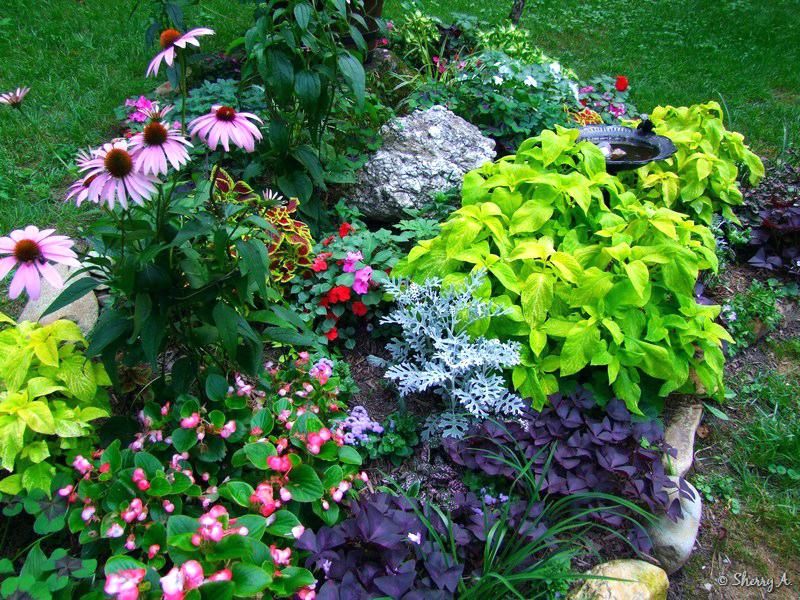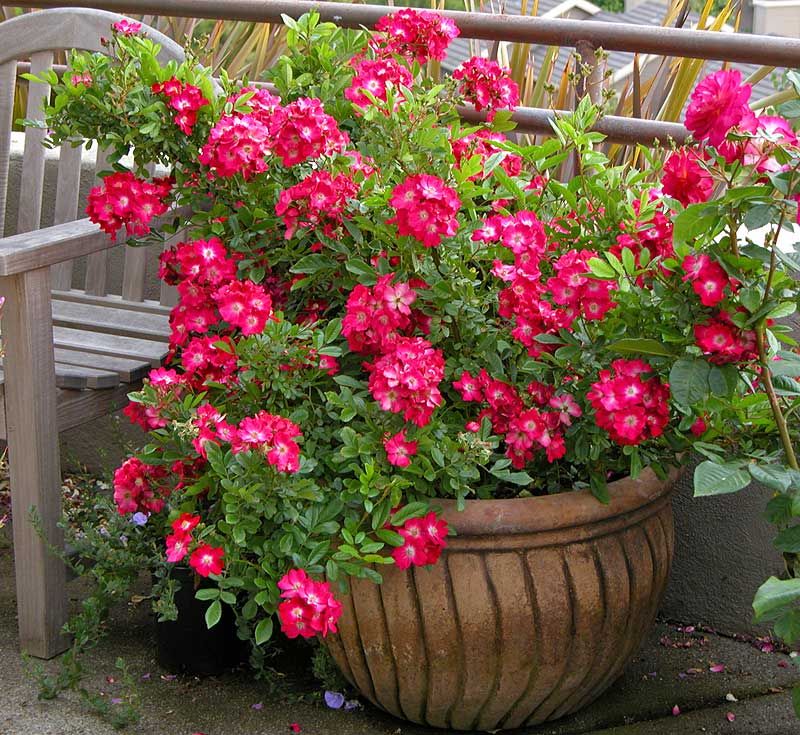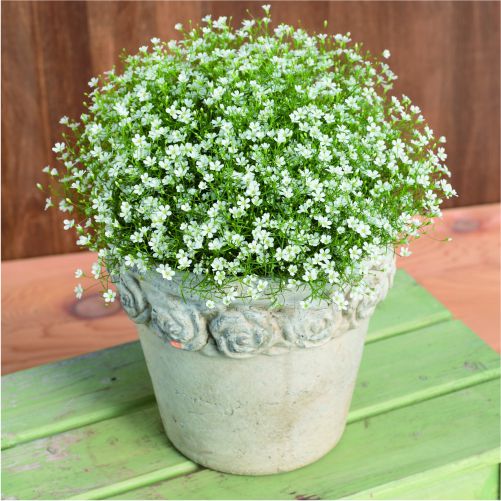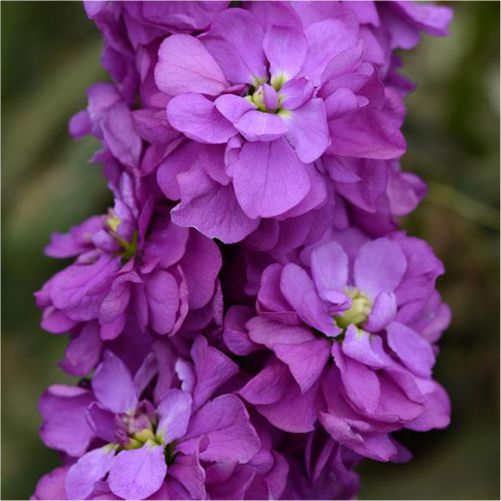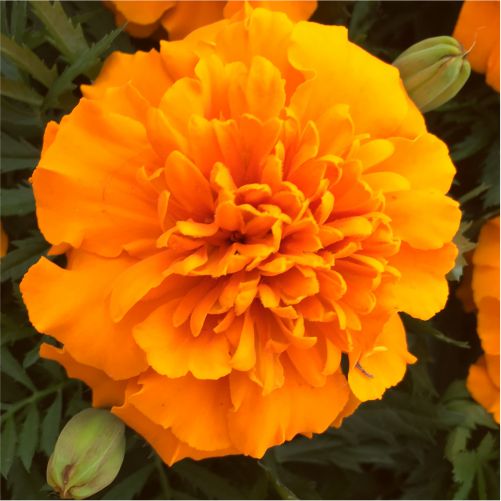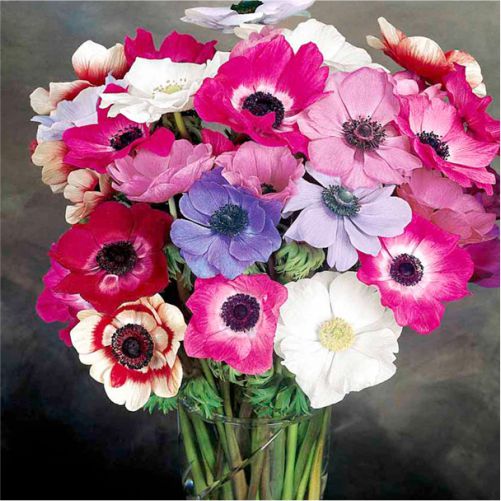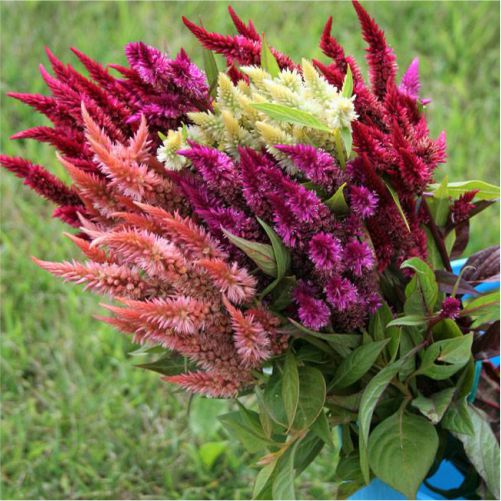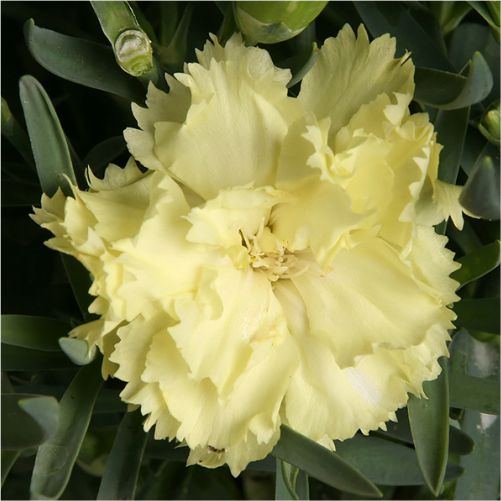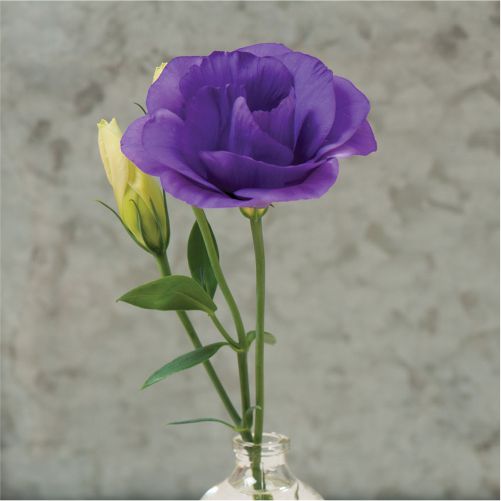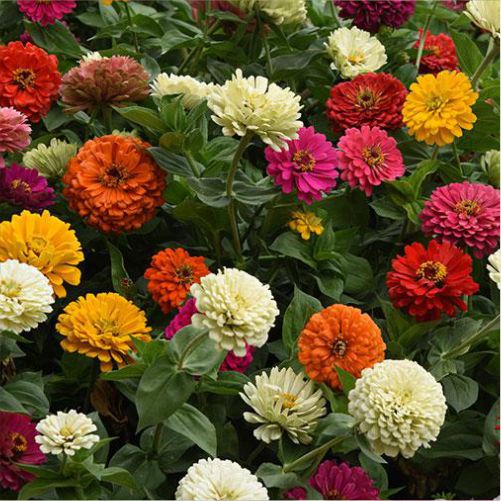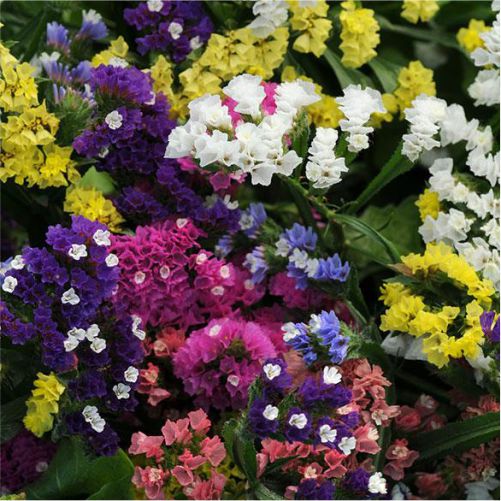Flower Seeds

Flowers are the most important thing in our life
Kinds Of Flower Seeds

Cut Flowers

Perennials

Pot Plants

Green House

PEOPLE SAYS ABOUT GREENWORKS
BLOG POSTS
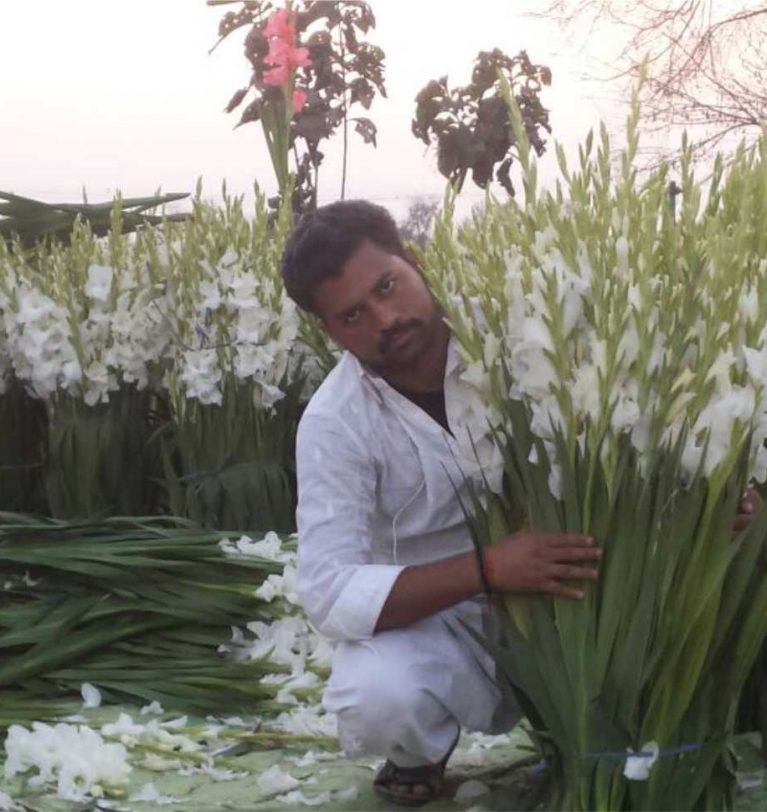
Gladiolus Cultivation in Pakistan – Greenworks
Gladiolus Cultivation in Pakistan “ A sustainable flower farming option for progressive farmers“ Gladiolus flowers…
Read more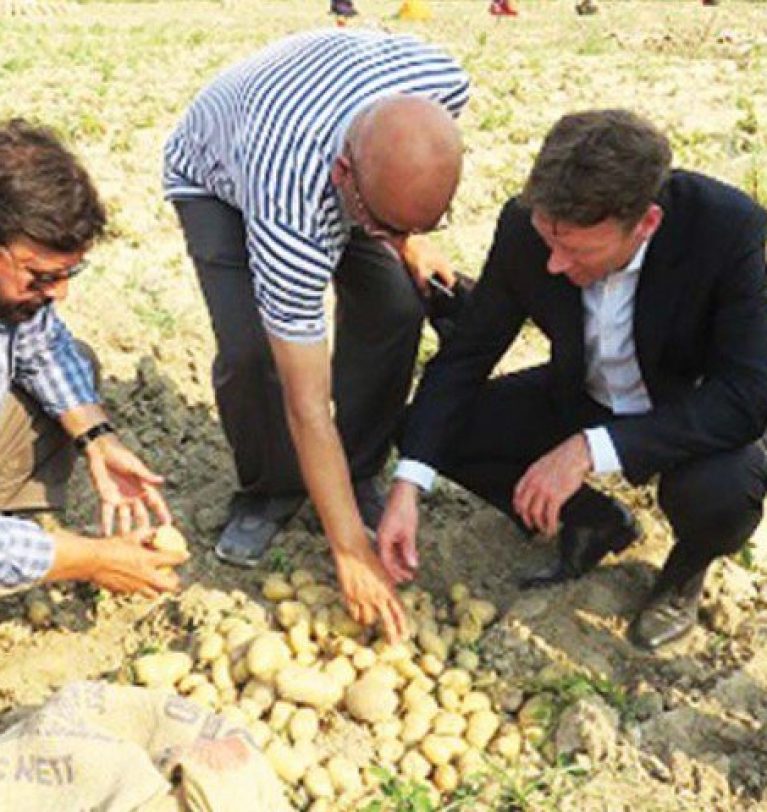
Consider The Salt-Tolerant Potato – Greenworks
Salt water has long been viewed as poison to farming systems, particularly when it comes…
Read more










Gladiolus Cultivation in Pakistan
“ A sustainable flower farming option for progressive farmers“
Gladiolus flowers have become the market leader in terms of flowers selling and cultivation in Pakistan after roses and tube roses. Event Designers like this flowers a lot. As this is the only flower which gives filling flowers impact but also easy to find round the year in the Market.
Mr. Tahir Mahmood of Gullpashi a leading floral designer in Lahore said that “ without gladiolus flowers it is very hard to manage the flora event because of its year round availability in the market and secondly if we don’t find colors gladiolus we do color the white ones according to the client requirement. The only problem for us is the highly unpredicted price factor.”
White Gladiolus are being grown about 90% of the total gladiolus cultivation in Pakistan because farmers are growing according to the market forces. Pink and red are following. Farmers can plants 60,000 bulbs per acre averagely. Imported Gladiolus bulb cost them about Average 7 Rupees. If they go for full season cultivation with season specials they can plant about 6 acres. And can earn more than 4 million per season.
There are more than 2000 hectors under gladiolus cultivation in Pakistan. Mostly in Punjab like, Lahore, Shiekhupura, Kasur, Patoki, Okara, Faisalabad, Jhang districts are common, but glads are also cultivated in Rawalpindi, Islamabad , Multan, Bahawalpur, Rahim yaar Khan Regions since long. In Sind farmers are mostly growing gladiolus in and around Hyderabad. In KPK Abbotabad, Mansehra, Ugi, Swat and Dir regions.
Progressive farmers are taking keen interest in gladiolus because of its long cultivation and harvest time and its highly unpredictable price factors; sometime in the season from October to May one stick being sold for Rs. 5 and sometime 65. There is no other crop like gladiolus flowers when we compare whole sale markets and per acre profitably.
“The key to success in gladiolus is keep planting and keep selling” , Col. Tariq was on the opinion, one of the big gladiolus farmers outside Lahore. “In the end you have to look in to the average price per stick that is around Rs. 22 in the year 2014-15.”
There are 5 ever growing whole sale markets in Pakistan for the gladiolus flowers, Sagian Bypass Lahore, Allahabad, on Kasur depalpur Road, Pattoke, Teen Hatti Karachi and in Islamabad.
If gladiolus flower would grow with due care it has great returns on investment. It only requires well drained soil, Right Bulbs Size for right season, different gladiolus bulbs varieties for different seasons, and if grown on Drip these can give tremendous quality flower and more productivity.
In whole sale markets quality flower always gives profit.
Salt water has long been viewed as poison to farming systems, particularly when it comes to the crops we value most.
“None of the top five plants eaten by people — wheat, corn, rice, potatoes and soybeans — can tolerate salt,” agricultural experts Edward P. Glenn, J. Jed Brown and James W. O’Leary wrote 16 years ago, in a definitive Scientific American article. “Expose them to seawater, and they droop, shrivel and die within days.”
Now that scientific principle has been cracked — by a Dutch potato that drinks in salt and doesn’t break a sweat. A researcher and a farmer in the Netherlands teamed up to experiment with crops that could thrive in seawater. They set up shop on the island of Texel, a land rich with salt marshes. Along the way, they met an elderly Dutch farmer with an encyclopedic knowledge of thousands of potato varieties. Together, they created the salt-tolerant potato.
If you’re thinking this means a future of pre-salted veggies, hold it right there.
“What we find is that, if you tease a plant with salt, it compensates with more sugar,” says Dr. Argen de Vos, the researching half of the duo. “You’d have to eat many many kilos of potatoes before you’d exceed your recommended salt intake.”
If you’re thinking this means a future of pre-salted veggies, hold it right there.
De Vos and farmer Marc van Rijsselberghe partnered with MetaMeta, a Dutch development consultant, and laid out a game plan for bringing their potatoes to Pakistan’s salt-ridden lands. They were awarded USAid’s Securing Water for Food Grand Challenge in September, which gave them funding to go forth and spread their seed — $100,000 for the first year, and up to $400,000 over the following two years, provided they reach their technical and financial milestones, Amy C. Garrett, deputy press director for USAid, wrote in an email.
The Guardian positions the spud as “poised to launch a world food revolution,” but Glenn advises you take the news with a healthy grain of salt. The Guardian article says the potato is grown on ‘dilutions of seawater,’ not pure seawater,” he wrote in an email. “So I would say the breakthrough claimed in the article is unsubstantiated.”
It’s a cruel irony that 97.5 percent of the Earth’s water is saltwater, and less than one percent of the leftover freshwater is usable. Meanwhile, 70 percent of that freshwater is used for agricultural purposes. Over the years, the idea has been cautiously floated: What if we could feed crops with salt water? Glenn, Brown and O’Leary were something of pioneers in this corner of the agriculture market. Their 1998 Scientific American article presented their experiments with halophytes, plants that grow in highly saline water. They singled out Salicornia bigelovii, a plant that contains an oil similar to safflower oil, and showed promise as a source of both food and fuel.
It’s a cruel irony that 97.5 percent of the Earth’s water is saltwater, and less than one percent of the leftover freshwater is usable.
The researchers ended their research on a wistful note: “Our goal in the late 1970s was to establish the feasibility of seawater; we expected to see commercial farming within 10 years. Twenty years later seawater agriculture is still at the prototype stage of commercial development.”
Since then, more contenders have been floated: Remember this healthier version of a tomato, also grown in diluted salt water? You don’t? That’s because we’re still a long ways from any of these developments translating into money.
“We do have crops that can grow on seawater and demonstration farms have shown the feasibility, but it is still not economically feasible to replace conventional crops with seawater crops,” Glenn told us.
As for de Vos and Rijsselberghe’s potatoes, they’re on their way to Pakistan, where they’ll be planted on land that has been unproductive for years. May they cling to the soil and never let go.
ISLAMABAD:
A Breakthrough in Pakistan’s Potatoes Farming
Netherlands Ambassador Marcel de Vink visited Depalpur on Tuesday to witness the first-ever harvest of salt-resistant potatoes.
According to a statement issued by the Dutch Embassy, the project is combination of Dutch agricultural innovation and Pakistani entrepreneurship. “For a long time, it was not considered possible to grow potatoes in saline conditions. Conventional wisdom was that potatoes could only grow with water that was either fresh or at best moderately saline,” the statement said.
De Vink was excited to witness the successful brackish cultivation firsthand. “This new innovation is truly impressive. These unique potatoes – a prime example of Dutch innovation in agriculture – can enable cultivation in saline areas. This is a great opportunity for Pakistan and the world. I commend MetaMeta, Jaffer Brothers, Salt Farm Texel, the USAID and the SIDA on the tremendous success of this joint effort,” De Vink said.
“With support of the Securing Water for Food Programme – a combined effort of USAID, the SIDA and the Dutch Ministry of Foreign Affairs – specially selected salt tolerant potato varieties have been introduced at test locations in Sindh (Tando Allah Yar) and the Punjab (Okara). Planting of these seed potatoes started early December last year with farmers being incredulous that such difficult salt-affected soils (>8 dS/m) and water sources were chosen. Normally, potatoes would never come up in those conditions. Not in this case,” the statement said.
“The combination of salt tolerant varieties, adapted agricultural practices and conjunctive water use resulted in a very acceptable expected yield of 20 tonne of potatoes per hectare. The trials were a joint effort of Jaffer Brothers and MetaMeta Research and Salt Farm Texel,” the statement said. “With millions of hectares salt-affected land this innovation is a genuine breakthrough,” said Dr Maqbool of Jaffar Brothers. Dr Van Steenbergen of MetaMeta Research added: “The importance of growing high-value crops like potatoes in hostile environments goes beyond Pakistan.
Globally, no less than 1 billion hectares of land suffers from different forms of salinity.
Following this year’s encouraging trials, a larger number of locations are being developed to test the salt tolerance and to develop a balanced package of measures.”
This Document Compiled By : Mr. Saleem Ahmed of greenworks
Credits:
Dutch Embassy Islamabad
Express Tribune,



